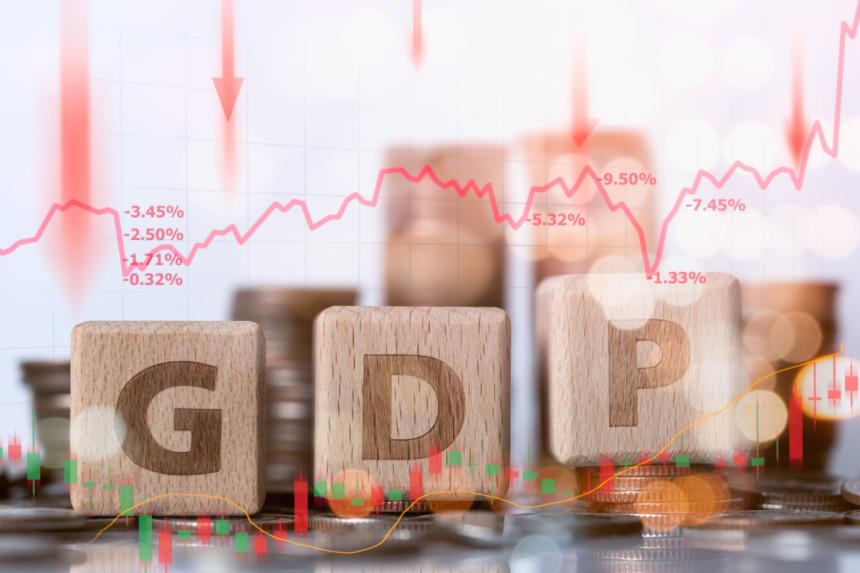The U.S. economy grew faster than initially estimated in the second quarter of 2025, expanding at an annualized rate of 3.3%, according to revised figures from the Commerce Department. The rebound, driven largely by stronger consumer spending and business investment, follows a 0.5% contraction in the first quarter and comes amid ongoing concerns about tariffs and slowing labor market growth.
Revised Consumer and Business Spending
Consumer spending, which makes up about two-thirds of U.S. economic activity, was revised up to a 1.6% annualized rate from the 1.4% initially reported. Businesses also increased their investment more than expected, with nonresidential fixed investment revised sharply higher to 5.7% from 1.9%. Much of this investment came from spending on intellectual property products, underscoring the role of innovation and technology in sustaining growth.
Signs of Slowing Momentum
Despite the strong headline growth, analysts caution that the underlying momentum is weakening. Oren Klachkin, a financial markets economist at Nationwide, said the rebound reflects the fading impact of tariff shocks earlier this year but warned that “we expect to see sub-1% GDP growth in the second half of the year.” He cited a weakening labor market and modestly higher inflation from tariffs as likely constraints on activity through year-end.
Underlying Demand Indicators
A key measure of domestic demand, real final sales to private domestic purchasers, was revised up to a 1.9% growth rate, compared with 1.2% in the earlier estimate. While this points to stronger demand than first reported, economists note the revisions don’t fundamentally change the outlook. Wall Street and the Federal Reserve remain focused on the labor market, where job growth from May through July was the weakest for any three-month period since 2009, excluding the pandemic recession.
The stronger GDP figures highlight the resilience of U.S. consumers and businesses in the face of tariff pressures, but forecasts suggest slower growth ahead. With labor market weakness emerging and inflation risks persisting, the second-half outlook remains fragile, keeping policymakers and markets on alert.






